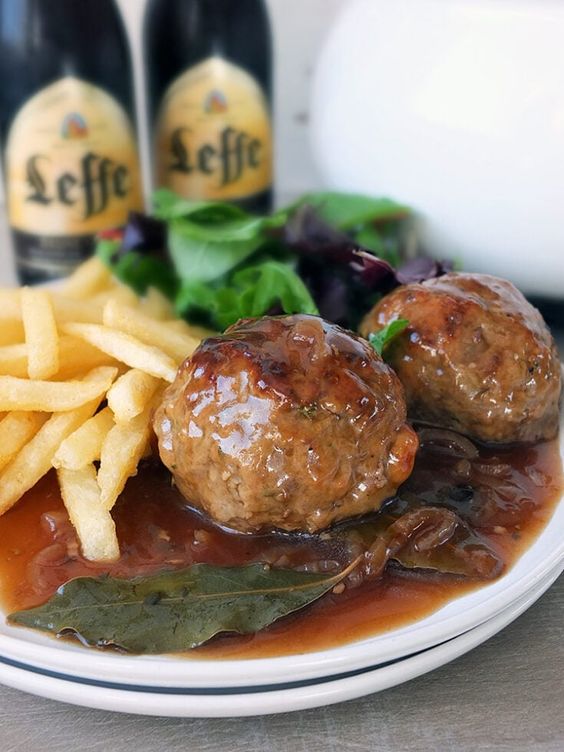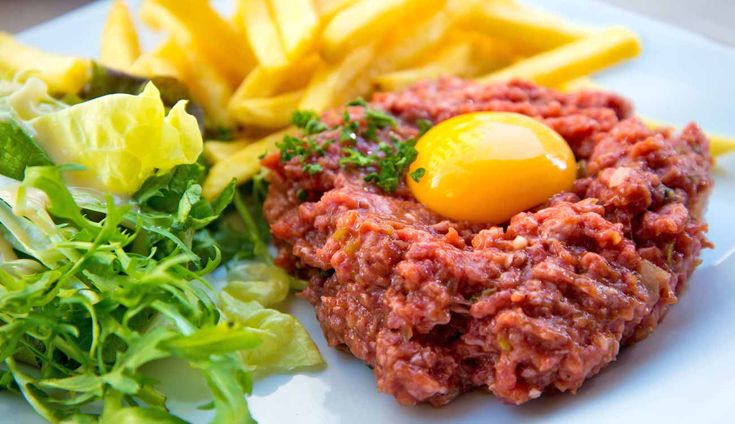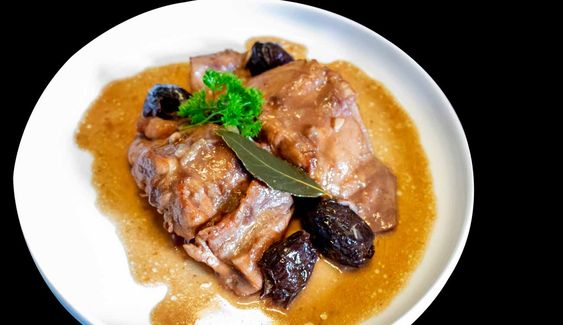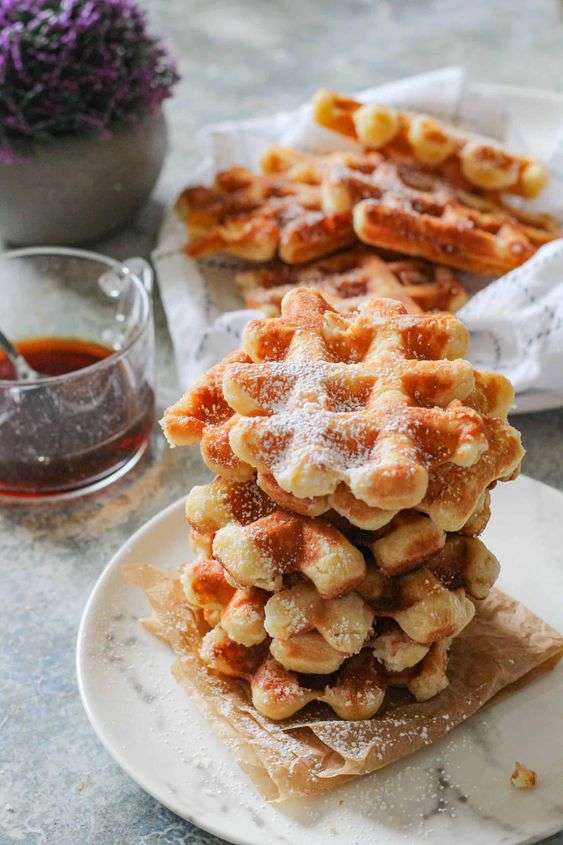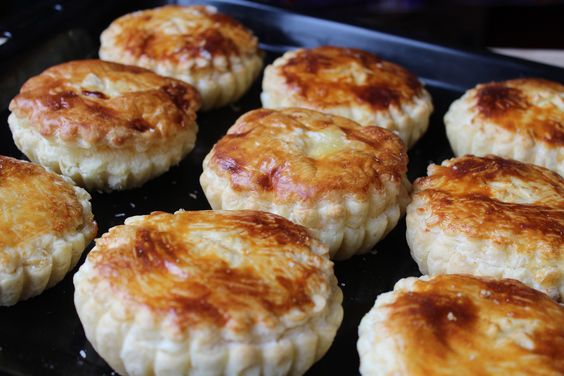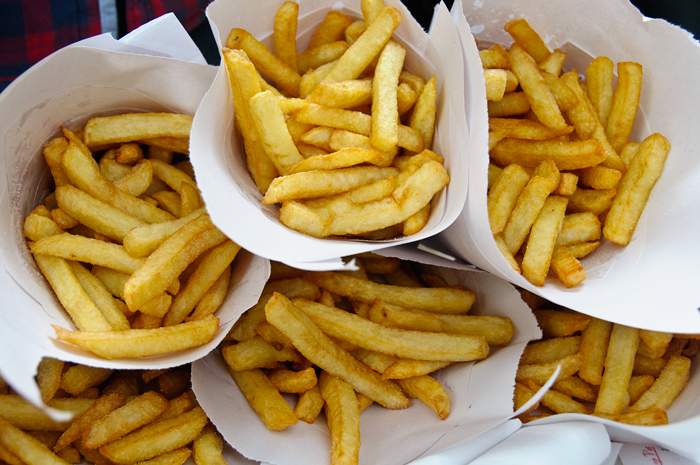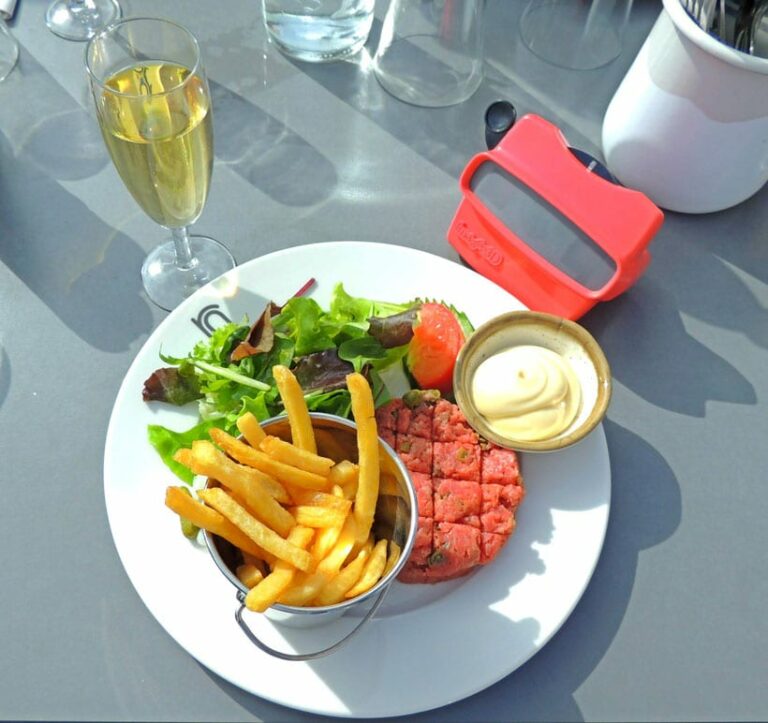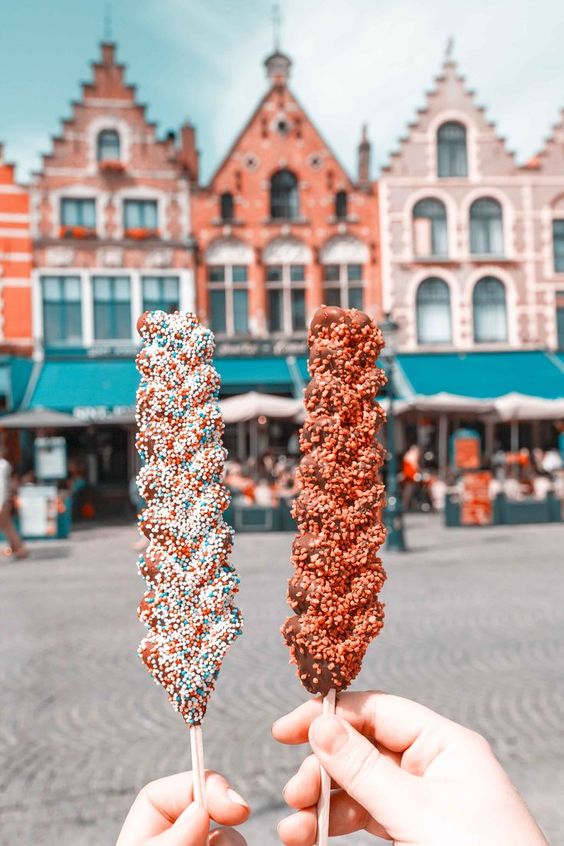Introduction: Belgian Cuisine
Belgian cuisine is known for its rich and diverse culinary traditions that have been influenced by neighboring countries such as France, Germany, and the Netherlands. Belgian cuisine is characterized by its use of high-quality ingredients, including meat, fish, dairy products, bread, pastry, and sweets. Belgian cuisine also has a unique emphasis on beer and chocolate, which are both considered national treasures.
Meat and Fish Dishes
Belgian cuisine is often associated with hearty meat dishes such as boulettes (meatballs), carbonnade flamande (beef stew), and waterzooi (chicken or fish stew). Beef, pork, and poultry are commonly used in Belgian cuisine, as well as seafood from the North Sea. Meat dishes are often served with traditional Belgian sides such as frites (fries), stoemp (mashed potatoes and vegetables), or endives.
Dairy Products and Cheeses
Dairy products play an important role in Belgian cuisine, particularly in cheese-making. Belgium is home to a variety of regional cheeses, such as Herve, Maredsous, and Passendale. Butter and cream are also used widely in Belgian cuisine, particularly in dishes such as moules-frites (mussels with fries).
Bread, Pastry, and Sweets
Belgian bread and pastry are famous around the world, with specialties such as waffles, speculoos (spiced biscuits), and pain d’épices (gingerbread). Belgian chocolate is also renowned, with many artisan chocolatiers producing high-quality chocolate using traditional methods. Belgian cuisine also features a variety of sweet treats such as tarte au sucre (sugar pie), gaufres (waffles), and patisseries (pastries).
Beverages and Alcoholic Drinks
Belgian beer is famous worldwide, with over 1,500 different types of beer produced in the country. Belgian beer is known for its complex flavors and high alcohol content, with dark beers such as stout and porter being particularly popular. Belgian cuisine also features a variety of non-alcoholic beverages, including fruit juices, coffee, and tea.
Vegetables and Fruits
Belgian cuisine incorporates a range of vegetables and fruits, including tomatoes, leeks, carrots, and potatoes. Many traditional Belgian dishes feature vegetables as a key ingredient, such as chicons au gratin (baked endives), stoofvlees (beef stew), and vol-au-vent (chicken and mushroom pie).
Regional Variations and Specialties
Belgian cuisine varies across different regions of the country, with each region having its own culinary traditions and specialties. Flemish cuisine, for example, is known for its hearty meat and potato dishes, while Walloon cuisine is characterized by its use of game and river fish. Brussels cuisine, on the other hand, is known for its seafood and inventiveness with dishes.
Dietary Restrictions and Allergies
Belgian cuisine is generally inclusive of dietary restrictions and allergies, with many dishes featuring a range of meat, fish, dairy, vegetable, and fruit-based options. However, traditional Belgian cuisine can be heavy on meat and dairy, which may not be suitable for those following a vegetarian or vegan diet. Individuals with gluten allergies should also exercise caution, as many Belgian dishes contain wheat flour. Overall, Belgian cuisine offers a variety of options for different dietary restrictions and preferences.

